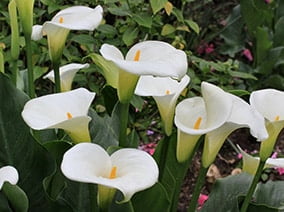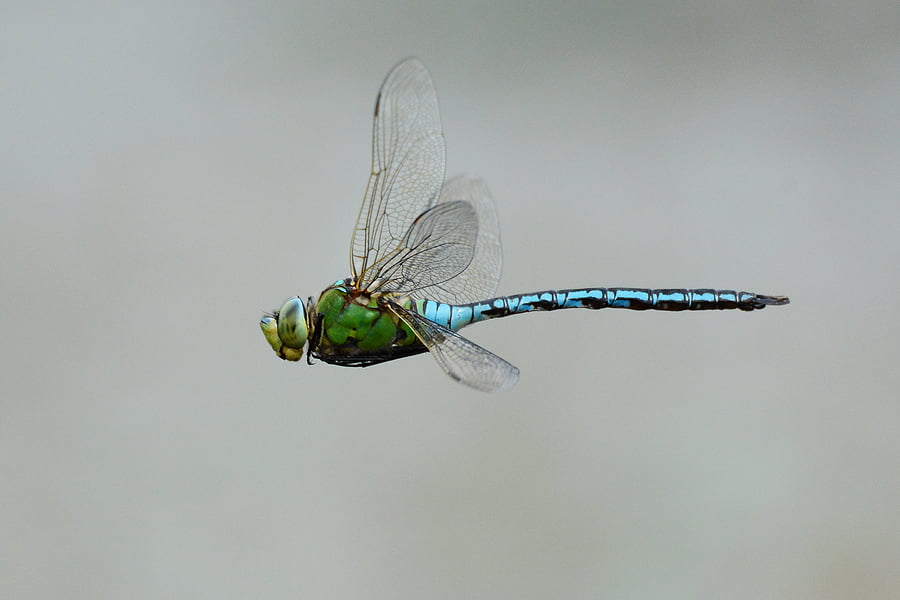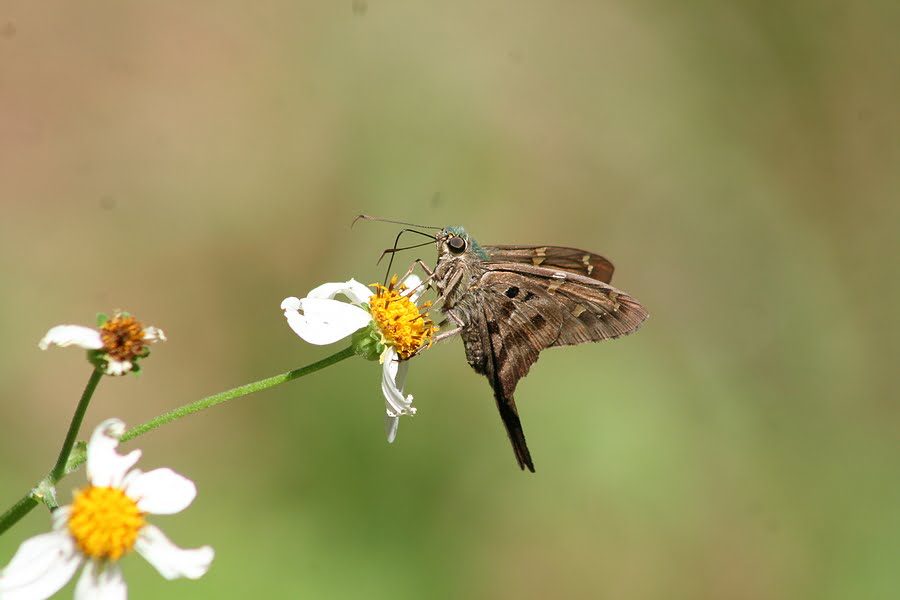
6 Summer Maintenance Tips For Your Pond
4th August 2022
How Deep Should A Garden Pond Be?
25th August 2022Ideally, a garden pond should be located in a position that gets full sun during the morning, and is in partial shade during the afternoon. This provides the optimum conditions to keep the ecosystem healthy and allow wildlife to thrive. However, not all gardens or ponds are situated in the right place to achieve this.
If your pond is in a shady spot, it can be more practical to choose plants which will adapt well to the conditions, rather than relocate the pond. Here is a guide to making the most of a shady garden pond.
Can the source of shade be reduced or removed?
First, see if there is anything you can do to get more light to the pond. For example, is it surrounded by high trees of shrubs that could be pruned, or removed altogether? Is there a high solid fence that could be replaced with latticework, or a post and rail fence?
Any trees with branches that directly overhang the pond should be removed, as the leaves will drop and accumulate in the water. This will alter the nutrient balance, making it easier for nuisance algae to grow. The water will become murky and dull, unless the leaves are removed on a regular basis.
Oxygenating plants for a shady pond
All ponds need oxygenating plants which absorb nutrients and generate oxygen, to help wildlife thrive and keep algae growth in check. For a shady pond, Willow moss and Water starwort are good choices. Hornwort is also an excellent and adaptable plant, that grows well in either sun or shade.
Water violet and Water crowfoot are both pretty oxygenators that produce flowers on the surface of the water with attractive submerged feathery foliage, and both adapt well to shady conditions. They can be either be anchored down with pebbles or weighted with a small lead strip.
Surface plants for a shady pond
In general waterlilies should be avoided as these are sun loving plants that are unlikely to bloom well in a shady pond. Ideally they need at least 6 hours of sun on a sunny day, although a few varieties may be ok with 4 hours or so, notably Chromatella, Helvola, James Brydon and the native Alba, particularly when well established.
However, there are other attractive and useful alternatives to choose from. Water hawthorn is one of the best, producing strap-like oval shaped leaves and highly fragrant delicate white flowers in spring and autumn, and even through the winter if not too cold. It tends to die back and go dormant during the summer months, which is ironic really considering it originates from South Africa!
Another favourite is Frogbit, which is a tiny floating plant producing masses of miniature waterlily-like pads only about 2cm across starting in May and continuing through to August. It will produce lots of pretty delicate white flowers that stand just above the water in July and August. Whilst it will be ok in full sun if grows better if in at least part shade
Marginal plants for a shady pond
Water forget-me-not is a classic marginal plant that will easily grow in sun or shade. It produces abundant blue petaled and yellow centred flowers from late spring right through to September or even October.
Brooklime has a similar habit to Water forget-me-not and thrives in shady ditches and brooks. It has smaller blue flowers but larger, brighter green leaves than the forget-me-not and both are excellent wildlife plants, in particular for newts which like to lay their eggs in the folded leaves.
Creeping jenny is another popular spreading marginal that grows anywhere, and it produces vibrant yellow flowers that will attract bees, butterflies, and other pollinators to your garden and is designated as a Plant for Pollinators by the RHS. The non-native Golden creeping jenny prefers part shade to full sun, which can scorch it, and has been given an AGM by the RHS as well as designated as a Plant for Pollinators.
Another marginal that should never be overlooked and tolerates shade is the Marsh marigold which blooms in March, well before most other pond plants, so is a treat for any pollinators venturing out early in the season. It usually gives a second burst of flowers in July and August too.
Other shade tolerant marginals include the Yellow flag iris, Bog bean, Water mint, Pennyroyal Golden club, Bog arum. Hard rush, Soft rush, Corksrew rush, Branched bur reed, Common cotton grass and Water plantain.





